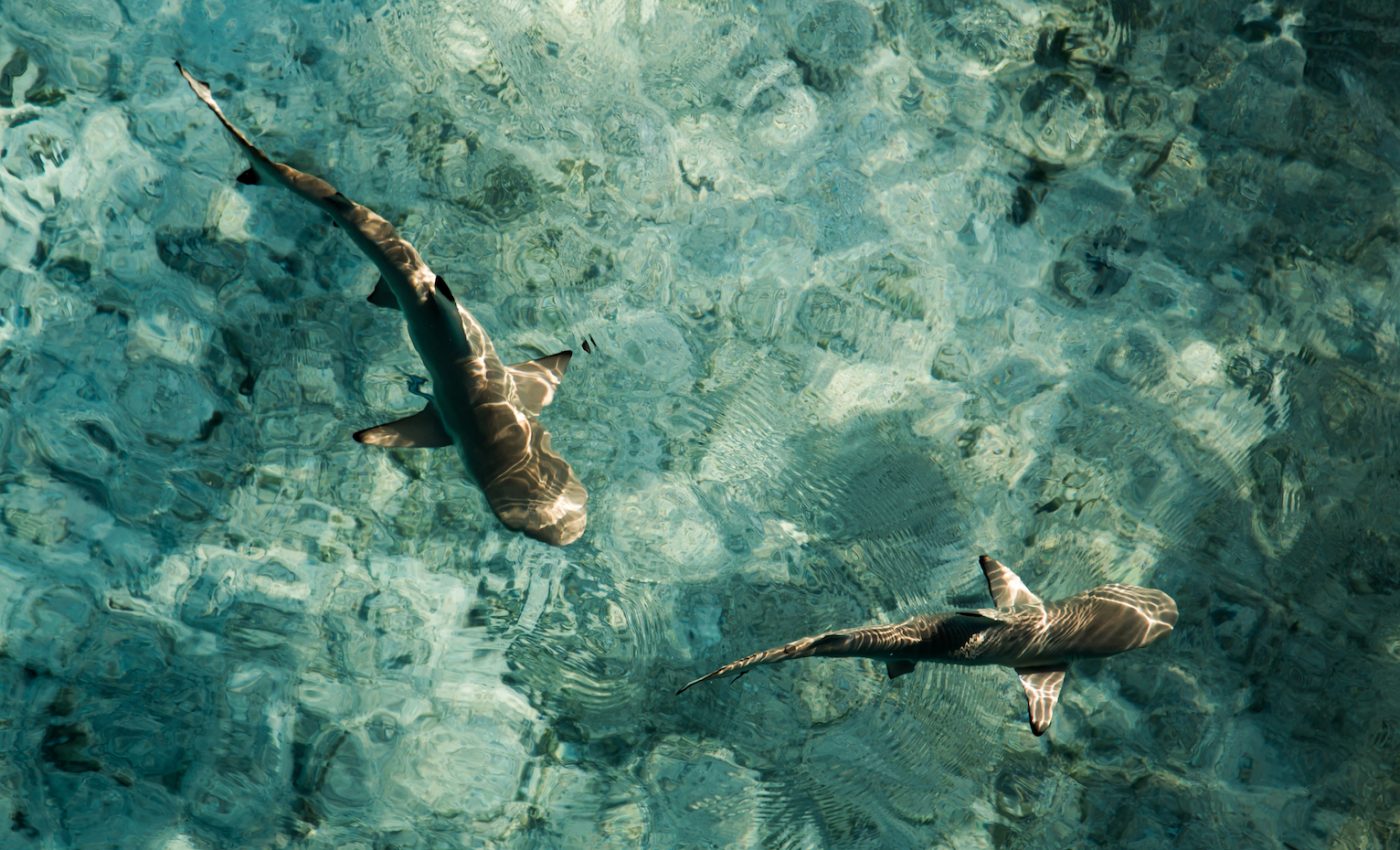
Sharks have tougher and stiffer skeletons when they are young
A shark’s skeleton is made up of a material known as cartilage, which is extremely tough but also weighs less and has less density than bone. This allows sharks to swim with more flexibility and to grow to very large sizes.
Scientists at Florida Atlantic University (FAU) theorized that the cartilage in sharks would get tougher and stiffer with age, but were surprised to find that cartilage is actually tougher in young sharks.
The FAU researchers collaborated up with experts at the National Marine Fisheries Service and the National Oceanic and Atmospheric Administration (NOAA) to compare the cartilage of six shark species. The team examined the cartilage mechanics of infant sharks, immature sharks, and mature sharks from each of the species.
The study used mechanical testing and an imaging technique called X-radiography. The experts also analyzed the relationship between stiffness and toughness using a simple linear regression.
The researchers found that the youngest sharks were stiffer, or more able to resist compression, and tougher, or able to absorb more energy. They also discovered that the cartilage was stiffer and tougher in the vertebrae toward the back of the body, indicating that the posterior body region is equipped to handle the mechanical loading that occurs with swimming.
Study co-author Marianne E. Porter is an assistant professor in FAU’s Department of Biological Sciences.
“Our results suggest that toughness and stiffness, which are positively correlated, may be operating in concert to support lateral body undulations, which is how a shark moves its body and tail from side-to-side to propel itself forward, while providing efficient energy transmission and return in these swift-swimming apex predators,’ said Professor Porter.
Furthermore, while have scientists have long believed that alternating patterns of mineralization on shark vertebrae represent an individual’s age, the new study has revealed that these patterns are unrelated to time.
First author Danielle I. Ingle concluded, “These comparative data from our study really highlight the importance of better understanding cartilaginous skeleton mechanics under a wide variety of loading conditions that are representative of the swimming behaviors that we see in the wild.”
The research is published in the Journal of Experimental Biology.
—
By Chrissy Sexton, Earth.com Staff Writer












